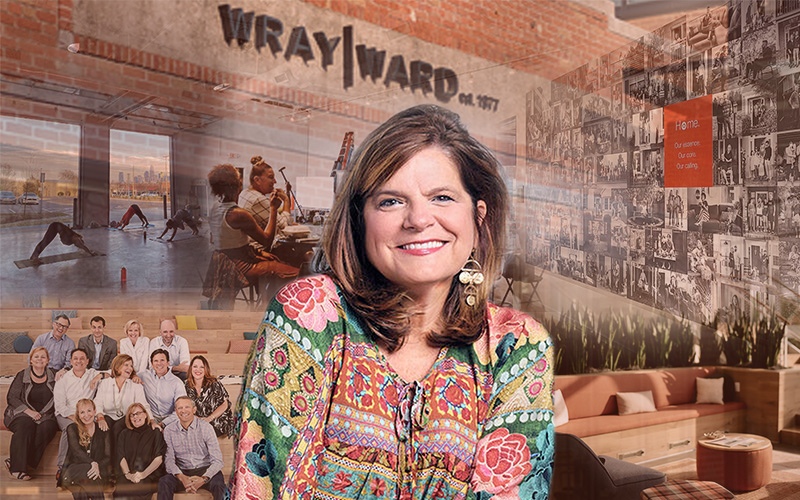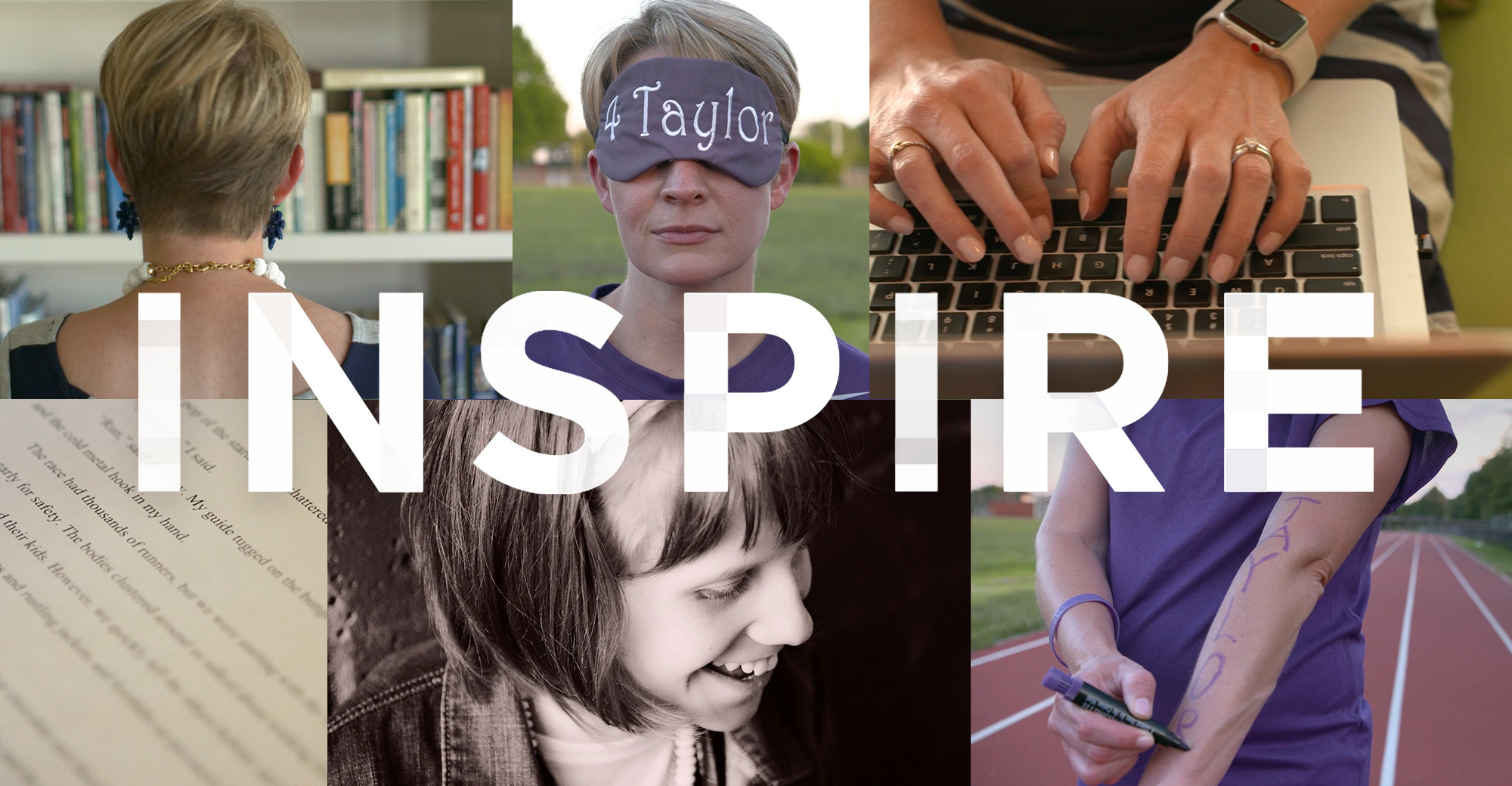Over the next seven months, we lived in San Diego, Denver, Austin, Cleveland, Atlanta, Raleigh and Charlotte. I had no expectations for Charlotte, but it blew my mind. The city has lots of character. I feel like it offers some of the same benefits as California, just at an affordable price.
The experience definitely reshaped my definition of home. It taught me how to be resilient and focus on what’s important, even as we packed up and moved every three weeks. More importantly, it taught me that “home” isn’t a place as much as experiences and relationships. For me, it’s my family. My wife. Together, we had to learn how to create an equilibrium and sustain our marriage regardless of the scenery.
At a certain point, a hike is a hike. A restaurant is a restaurant. A cool brewery … is just that. Home isn’t these things. It’s the people you experience it with. It’s the community you join. We didn’t know anyone in Charlotte, but we found the courage to give it a shot.
3. You’ve worked at a global agency (Publicis Sapient), global brand (Sherwin-Williams) and, most recently, Facebook. What made Wray Ward feel like home?
I left Facebook because I wanted to make my world a little smaller, and I desired the intimacy that comes with working for a smaller company. When I think about where I want to work, I focus first on the human element. And, during the interview process, I realized Wray Ward just has really great people.
My first call with (Vice President and Director of Connections) John Mader went over by an hour. That’s always a good sign. With that said, interviewing remotely can be a little like online dating. I talked with a few other people, and everything seemed great, but when I came to the office and met the team for the first time, I knew it was the right place for me.
And, when (President and Chief Creative Officer) Jennifer Appleby walked in the door, I realized there was something special about her. She’s a people gatherer. She knows everyone but also understands how to be present. She can make you feel like you’re the only person in the room. And for me, that was the tipping point. Because she sets the tone. I see that down-to-earth culture throughout leadership at Wray Ward. The companies that produce truly great work take great care of their people.
4. Talk about your approach to integrated media strategy. How is it different? How do you help move the needle for clients with audacious goals?
It’s critical that integrated media strategists marry the organization’s business and marketing goals — and that they find a way to translate that into results. When I think about media strategy, I ask myself, how can we drive media accountability with stronger fidelity?
I’d like the industry to move away from the idea that “media” is spots and dots, impressions and clicks. When we say “omnichannel,” we should be talking about a true brand experience. And, understanding the landscape allows us to establish a framework and go-to-market strategy that can map media back to those goals.
5. Wray Ward specializes in the home and building category. Are you excited about spending a lot of time in one vertical?
Absolutely. My father’s a general contractor and home inspector. Since I was a kid, I’ve tagged along to job sites, hung drywall, installed roofs, remodeled kitchens, you name it. My dad really wanted me to work in the trades. “Johnny,” he said, “one day, you’re gonna have to learn how to do this, because your wife will want you to build her a kitchen.” He started a company and wanted me to take over later. I didn’t choose that path, but I hope that one day, I can build a kitchen for my wife.
Home improvement runs in the family: In addition to my dad, my sister’s an interior designer, my uncle’s a painter, and a cousin works at Sherwin-Williams. It’s in my blood, even if I ended up in marketing.
6. What is the number one thing brands must do to ensure their media planning and execution are successful?
I would say two things off the cuff:
First, it’s imperative that marketers and organizations understand how they define success. Media should spring from that definition and deliver on it. Often, marketing teams misunderstand media’s correlation with different objectives, such as driving awareness vs. bottom-of-the-funnel, specific actions. This disconnect has significant implications for the channels we use and how we target high-value audiences.
Second, media is only as good as the info driving the investment decisions. We have to understand how data should and will impact a campaign’s ability to be successful. And, marketers have to be willing to be teachable. They have to be willing to go on that journey.
There’s a lot of uncertainty in the media landscape right now, because it’s constantly evolving. I’m all about seeking the answers, test and learn, experimentation. We have to be willing to look for the best solution, even if that process feels a little uncomfortable. Brands that truly want to thrive should position themselves to do a lot of smart experimentation.
7. I heard you have an influencer in the family.
My sister is the owner of Tuna Melts My Heart, one of the most famous dogs on Instagram.
Living in the influencer space has been an adjustment for my family. It’s so different from watching it as a consumer. But it’s also really incredible. My sister’s been blessed with this platform and more than 2 million followers. She could use it to make money, but instead, she uses it as a ministry to bring joy into others’ lives. She’s supported a lot of people who don’t have a built-in community or outlets that bring them hope and joy.
What I love about it is how, no matter how big it (Tuna Melts My Heart) gets, my sister continues to approach it all with integrity. She’s turned down brand partnerships when the brand’s mission isn’t consistent with hers. We’re all pretty rooted in our faith, and we believe integrity matters. I live my personal life the same way I do my job. Sometimes I ask myself, if people from work saw me outside of the office, would they be able to reconcile the two versions of John Dasher?
8. What else should people know about the real John Dasher?
Not long after I started my career, I participated in an icebreaker session where everyone talked about their favorite day of the week. One guy, trying to be clever, said “Fridays at 5.” Meanwhile, I said Monday, and everyone thought I was crazy. Look, I don’t live my life for work, but the reality is that most of us spend a lot of time working. It’s such a bummer that so many people feel the end of the work week is the most exciting moment. I’d love to help make Monday everyone’s favorite day. If it means you get to do something you love with people you respect, that’s a blessing.
I genuinely hope I can have a positive impact on others in my role at Wray Ward. I’m excited about the work and the relationships, and I can’t wait for whatever’s next.

